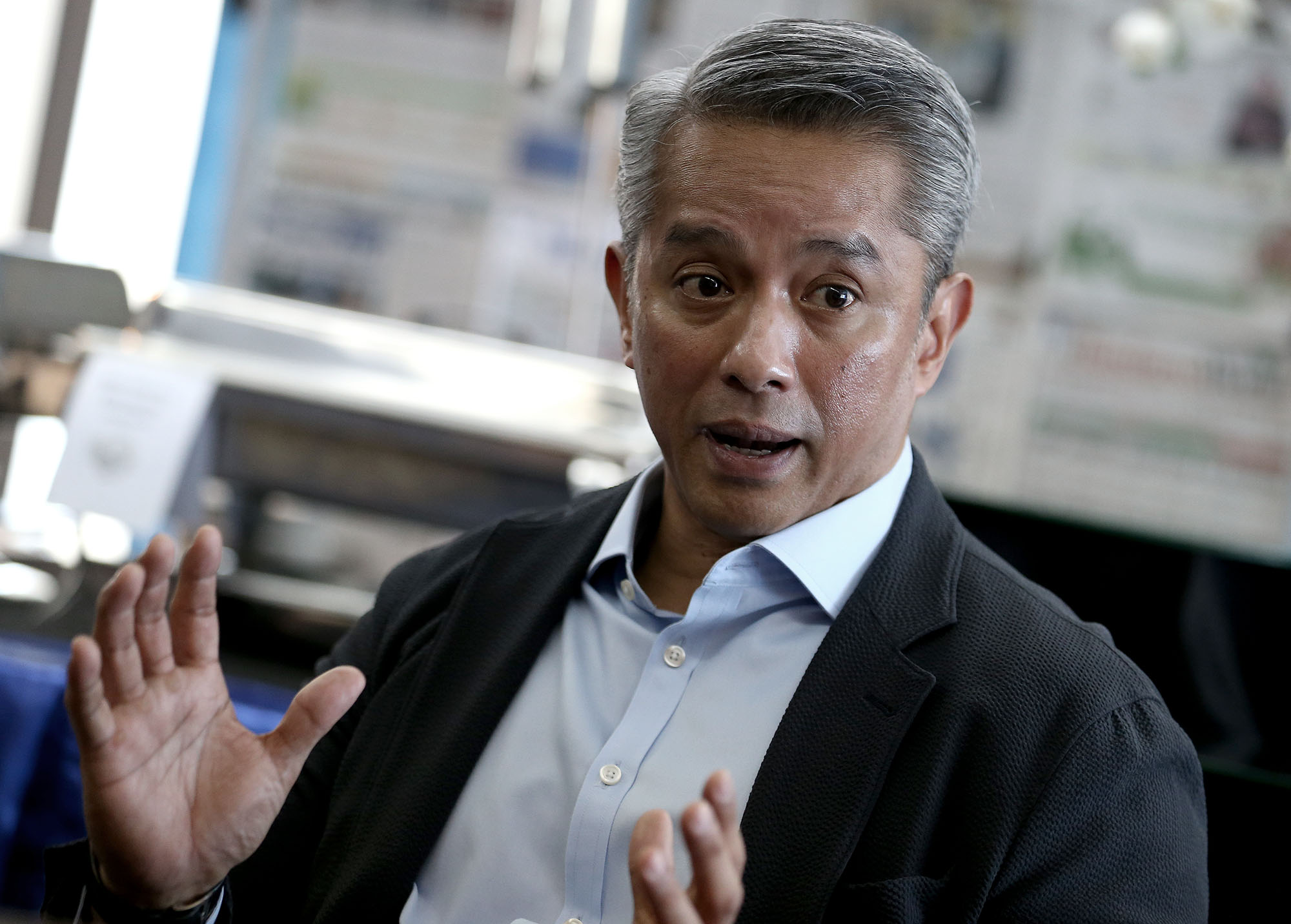Cavite governor: Why Sangley deal won’t be a debt trap

Jonvic Remulla —RICHARD A. REYES
MANILA, Philippines — The $10-billion Sangley Point International Airport (SPIA), poised to be the country’s largest local government infrastructure project, will not turn into a debt trap despite its association with Beijing and the likely recipient of funding from the Chinese government, Cavite Gov. Jonvic Remulla said on Wednesday.
Remulla said in a meeting with reporters and editors at the Inquirer editorial office that the provincial government would ensure that valuable land and assets of SPIA, which will rise about 35 kilometers from Manila, would remain in the hands of the Philippine government in case of a default on loans.
“It’s a very valid concern that’s why we have to put in provisions that in case the airport doesn’t work [financially], it is the provincial government that has ‘step-in’ rights over the airport asset,”the governor said after the Inquirer reported last week SPIA’s close ties to China.
Remulla said lessons were learned from other countries where Beijing gained strategic concessions from failed projects it had funded, which gave rise to the term “debt-trap diplomacy.”
SPIA’s project terms already prohibit non-Filipino government entities from owning the land.
Article continues after this advertisementRemulla said the step-in rights to be negotiated would further protect airport assets, such as passenger terminals and runways from being taken over by lenders.
Article continues after this advertisementSole bidder
His defense of SPIA comes as the local government prepares to award “in the coming days” the first phase of the P550-billion project to a consortium between state-run China Communications Construction Co. (CCCC) and Lucio Tan’s MacroAsia Corp.
CCCC-MacroAsia is the sole bidder and thus, the likely joint venture partner, after five other groups backed out during the deadline last Dec. 17 — some alleging that the project terms favor a Chinese partner.
The feasibility and joint venture documents examined by the Inquirer identified SPIA as among the projects to be implemented under a cooperation agreement on China’s Belt and Road Initiative that was signed in Manila on Nov. 20, 2018.
The documents also indicated that there were ongoing talks with Chinese policy banks and state-owned enterprises that could finance up to 98 percent of the entire SPIA project.
The policy banks refer to the Export-Import Bank of China and the Agricultural Development Bank of China that the State Council set up to implement economic policies of the government. China Development Bank was a policy bank before it became a corporation.
SPIA, which can serve about 100 million passengers annually upon full completion, is crucial given its intention to decongest Manila’s Ninoy Aquino International Airport (Naia), the country’s main gateway that is operating well above its design capacity.
The first phase includes one runway and an initial capacity of 25 million passengers per year.
No PH guarantee
Remulla defended the involvement of the Chinese government, saying SPIA is a massive undertaking that will receive no Philippine government guarantees and that the provincial government followed standard procedures under applicable laws and guidelines.
But he also agreed that national security worries were valid given the country’s territorial dispute with China in the West Philippine Sea, where CCCC was involved in building islands claimed by the Philippines and other countries.
He reiterated his offer that the Philippine Air Force remain in SPIA once it is operational.
`Viable’ despite competition
Remulla said the SPIA was viable despite a number of competing airport projects.
These include conglomerate San Miguel Corp.’s $15-billion New Manila International Airport proposal in Bulakan, Bulacan province, some 40 kilometers northwest of Manila, and the planned expansion of Naia’s capacity to 65 million passengers per year by a group of Filipino tycoons.
The Naia upgrade and expansion, which has yet to be bid out via a Swiss Challenge, will have a 15-year concession.
Remulla said SPIA will be built in phases, the first of which can be opened in about four years, to ensure its viability.
Airlines
The project master plan also includes a 6-km link to Cavite Expressway, which will cut travel time from Makati City to Sangley to about 35 minutes from almost two hours.
Remulla is optimistic local and international airlines will use SPIA as their hub.
Once the award pushes through, the Chinese partner will effectively control SPIA, based on the ownership structure outlined by Sol Castro, managing director of transaction adviser CFP who was present during the interview.
Castro said CCCC would own 60 percent of the venture with MacroAsia. That venture, in turn, will own the majority stake in the project company to be established with Cavite, he said, citing the Cavite Public Private Partnership (PPP) Code.
“The best we can do is try and protect the assets, integrity and control of the Philippine government acting through the province of Cavite over the strategic use and nature of the assets,”Castro said.
Castro said the province was transparent throughout the joint venture selection process.
“That’s why we mentioned there that we were in discussions with policy banks of China. Even the bidding documents, again we were transparent and said there were discussions with policy banks from the Chinese government,” Castro said.
“It has helped facilitate the decision making of the investors,”he said.
Meanwhile, Remulla dismissed complaints that the bid process was rushed.
He said interested parties were given two months, or more than the 30 days required under the province’s PPP Code, although some PPP experts said projects of this scale would need at least six months of review.
“It was short but we were confident there were people already interested without directly talking to them,”Remulla said, referring to both Chinese and Filipino groups. “Our biggest concern is the completion of this project.”